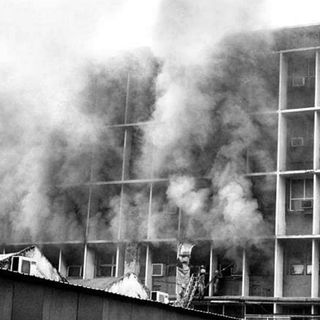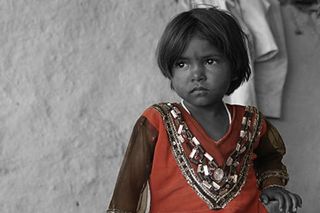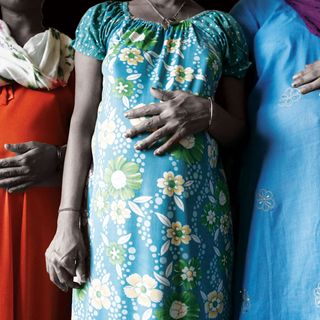
Children from Scheduled Castes, Tribes More Likely to Die Before Age 5
It’s a stark reminder that India’s recent gains in children’s health have not been enjoyed equally.

Children from scheduled castes and tribes are more likely to die before the age of five than children from more privileged castes, according to new research from the International Institute for Applied Systems Analysis (IIASA). While not a particularly new or surprising finding, it’s a stark reminder that even 14 years after the National Rural Health Mission launched, a wide gap persists in the health enjoyed by India’s children.
The researchers set about studying caste inequality in health care from the perspective of young children. “The main questions we wanted to address were whether the association between caste and under-five mortality had been fading away in recent years due to the government’s health programs, particularly after the implementation of the country’s National Rural Health Mission (NRHM) in 2005,” Jayanta Bora, lead author of the study, published in the journal PLOS One, said in a statement.
Using data from the government’s Indian Demographic Health Survey, the researchers compared mortality rates for children under age 5 with their caste, in hotspots of inequality throughout the country — i.e. states known for both chronically high child mortality rates and poor socioeconomic and health indicators. They found that while the gap between under-5 deaths among privileged castes and underprivileged castes has narrowed since the NRHM took effect, it’s far from equal across the two groups; underprivileged castes in these hotspots still bore the brunt of under-5 deaths.
Related on The Swaddle:
How The Indian Education System Reinforces Caste, Class Differences
The researchers linked this to broader inequities faced by the parents of these under-5 children from underprivileged castes, especially to lack of maternal education, household income level (it is estimated 30% of scheduled castes live below the poverty line), place of birth and access to prenatal care.
“Creating awareness around preventive health care, maternal care, nutrition, awareness about infectious diseases, the benefits of hygiene and sanitation, and subsidized maternal health care services among the scheduled caste and scheduled tribe populations, should be increased through outreach programs,” Bora said in the statement.
But efforts can hardly end there; any solution to inequality that puts the onus of effort on those discriminated against is hardly a solution. Increasing awareness of rights and available services among scheduled castes and tribes is important, but it only goes so far if those services aren’t extended proactively — and with the right attitude. It’s been well documented that even when individuals, especially women, from scheduled castes and tribes do access the health care to which they’re entitled, discrimination persists in its execution. Studies document longer wait times for health care for scheduled castes and tribes at private hospitals, compared to more privileged castes; other studies record the health care provided to individuals of scheduled castes and tribes is of substandard quality; sometimes, health care is denied entirely to people of scheduled castes and tribes, according to a report by LiveMint. Until we fix the prejudices used to justify these inequalities, we can’t really hope to fix the larger, more serious inequalities, like the gap in under-5 mortality rates.
Liesl Goecker is The Swaddle's managing editor.
Related


Researchers Document North India’s Gendered Gap in Access to Health Care
